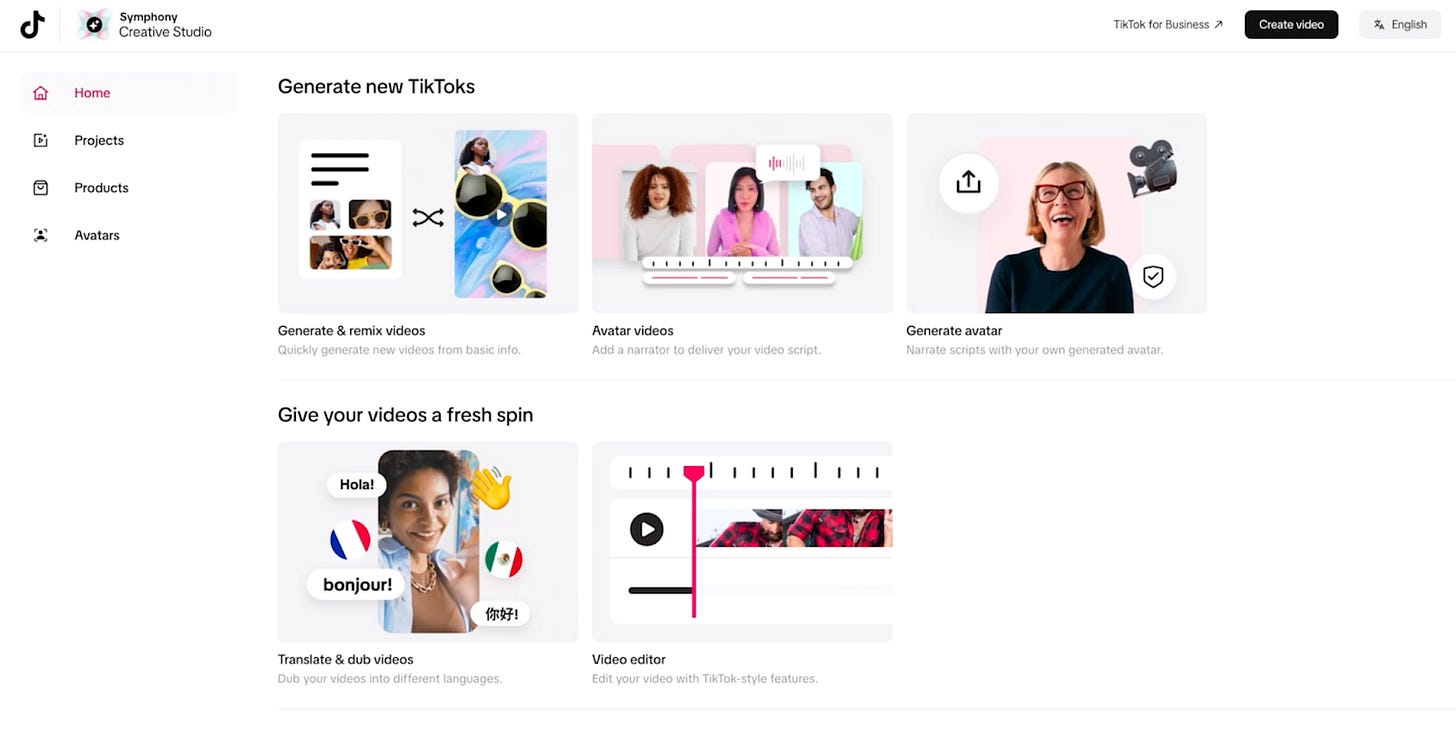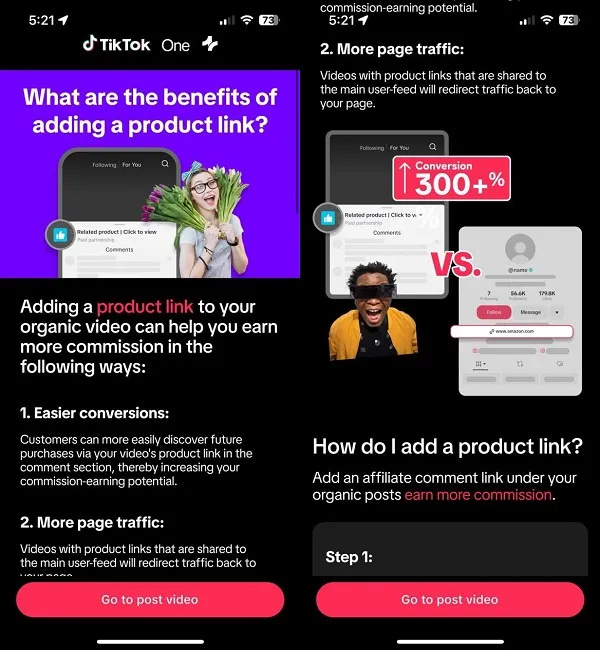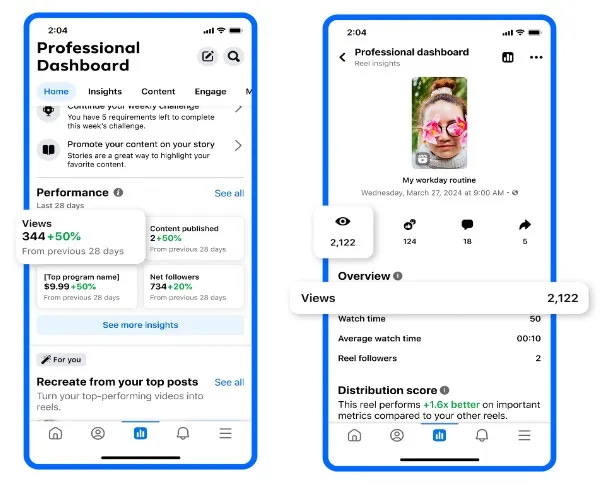Howdy Readers 🥰
In this newsletter, you’ll find:
🔓Unlock ROAS Riches: Master Ad Testing
🚀 TikTok Introduces AI Tools and Affiliate Features for Marketers
📊 Facebook Introduces ‘Views’ as Primary Metric for Performance
If you’re new to ScaleUP then a hearty welcome to you, you’ve reached the right place along with 50k+ CEOs, CMOS, and marketers. Let’s get into it, shall we? Oh! Before you forget, if someone forwarded this newsletter to you, don't forget to subscribe to our newsletter so you never miss out!
🔓Unlock ROAS Riches: Master Ad Testing
To unlock higher ROAS and optimize Meta ad performance, thorough testing phases are non-negotiable. The right approach can make the difference between burning ad spend and hitting those high-conversion rates. Here’s a refined testing strategy inspired by different ad testing options, each crafted to identify high-performing creatives and audiences without blowing your budget. Let’s break down how to set up these tests effectively.
Option #1 - ABO Testing with Interest Segmentation
Start with an Ad Set Budget Optimization (ABO) approach. Break down your audience into distinct interest segments (e.g., Interest #1, Interest #2, Interest #3) to see which interest group resonates best with your ad creatives. Assign four unique creatives to each interest.
This targeted method helps you pinpoint specific audience interests that align with your message. Analyzing each interest’s performance can refine your targeting accuracy and creative effectiveness.
Option #2 - Advantage+ with Broad Creative Testing
Utilize Meta’s Advantage+ setup, which automatically optimizes for the best results. Here, instead of predefined interests, let Meta’s AI work its magic across 5-20 different creatives.
This approach allows a broader reach and harnesses Meta’s algorithmic power to match your creatives with the right audience, even without detailed targeting. For an edge, pre-test your ads with Neurons AI to refine creatives before launch, which can give results like 73% increases in CTR and 20% jumps in brand awareness. Book your free demo now!
Option #3 - CBO with Layered Targeting
Implement Campaign Budget Optimization (CBO) to test multiple targeting layers—No Targeting, Interest, and Lookalike Audiences—all within a single campaign. By allowing Meta to allocate budget dynamically between these targeting layers, you can quickly see which performs best.
Four creatives in each layer offer enough variety for robust testing while maintaining control over creative messaging across different audience types.
Evaluating and Scaling
Post-testing, identify top-performing audiences and creatives from each option. For ABO, focus on the winning interest segments; for Advantage+, choose the top creatives with the highest engagement; and for CBO, refine based on the best-performing audience type. Scale your budget toward these winners to maximize ROAS, reinforcing what worked and eliminating what didn’t. Remember, scaling based on real data is the key to sustainable ad performance.
Testing is essential to meta-ad success, but a strategic approach like the above can fast-track insights and optimize spending. By setting clear phases, analyzing results across ABO, Advantage+, and CBO options, and scaling winning combinations, you can craft ads that resonate, convert, and ultimately drive impressive ROAS.
🚀 TikTok Introduces AI Tools and Affiliate Features for Marketers
Insights from Lia Haberman Via X and TikTok
TikTok is revolutionizing social commerce with two new updates: AI-powered video creation tools in Symphony Creative Studio and expanded affiliate marketing features. These innovations simplify content creation and boost monetization opportunities for creators, strengthening TikTok’s position in the e-commerce landscape.
The Breakdown:
1. AI-Powered Video Creation
TikTok’s Symphony Creative Studio now enables businesses to create engaging, TikTok-ready videos by providing product descriptions or URLs. The platform’s AI utilizes assets from partners like Getty Images to generate videos that align with trending styles. Features like digital avatars narrating scripts and multilingual versions make the tool ideal for global audiences.
This update lowers the barrier for brands without video expertise, allowing them to tap into TikTok’s vibrant culture. Inspired by China’s live-streaming successes, TikTok focuses on practicality, using AI to enhance efficiency without gimmicks.
2. Expanded Affiliate Marketing
Creators can now place shopping links directly in video comments, driving traffic to product pages. While currently limited to selected partners, this feature strengthens TikTok’s e-commerce push and provides new monetization avenues for creators.
Although this system complements the TikTok Creator Marketplace, it presents brand risks, as links aren’t pre-vetted. Brands can remove links after posting but lack proactive oversight.
TikTok’s AI tools and affiliate features offer marketers and creators powerful ways to engage audiences, streamline content creation, and drive sales. By simplifying processes and expanding opportunities, these updates position TikTok as a leader in the competitive social commerce arena.
📊 Facebook Introduces ‘Views’ as Primary Metric for Performance
Insights from Social Media Today
Facebook has adopted “Views” as its core performance metric for all content types, following Instagram’s lead earlier this year. This change aims to simplify performance tracking while emphasizing Meta’s growing focus on video content.
The Breakdown:
1. Unified Metric Across Platforms: Meta has standardized “Views” across Facebook and Instagram, replacing metrics like “Impressions” and “Plays.” A “View” now represents the number of times content appears on a user’s screen, including repeat views. For instance, if a user views the same photo three times in a day, it counts as three “Views,” unlike the previous “Impression” metric that only counted unique views.
2. Updates to Video Metrics: For video content, “Watch Time” and “Average Watch Time” metrics are now replaced by “Minutes Viewed” and “Average Minutes Viewed,” reported in full minutes rather than seconds. Key metrics like “Reach,” “3-second views,” and “1-minute views” remain unchanged and will complement the new system.
3. Impact on Performance Tracking: While Meta assures that the underlying calculations haven’t changed, creators may notice inflated “Views” for static content due to the inclusion of repeat views. Brands should analyze the updated metrics carefully to differentiate genuine performance improvements from metric shifts.
By unifying metrics across Facebook and Instagram, Meta provides a streamlined approach to content performance tracking, better aligning with video consumption trends. As these updates roll out in Meta Business Suite and Professional Dashboard, brands and creators should adapt their analytics strategies to maintain accurate performance insights.
Advertise with Us
Wanna put out your message in front of over 50,000 best marketers and decision makers?
We are concerned about everything DTC and its winning strategies. If you liked what you read, why not join the 50k+ marketers from 13k+ DTC brands who have already subscribed? Just follow this.
At ScaleUP, we care about our readers and want to provide the best possible experience. That's why we always look for ways to improve our content and connect with our audience. If you'd like to stay in touch, be sure to follow us EVERYWHERE🥰
Thanks for your support :) We'll be back again with more such content 🥳






